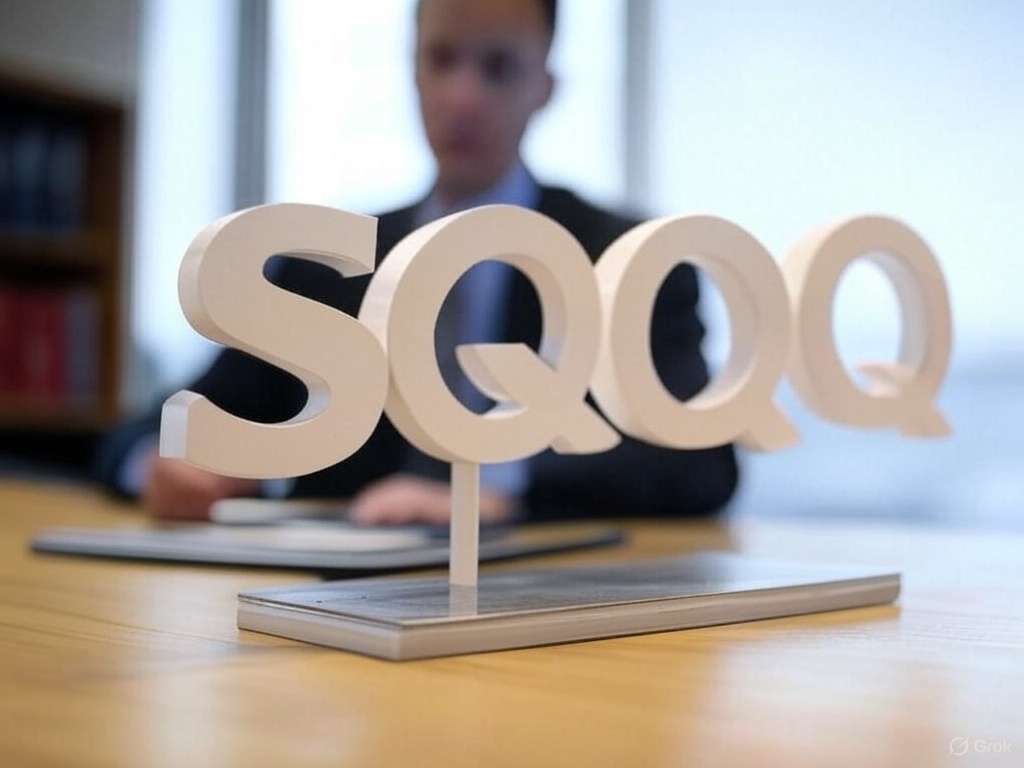Your cart is currently empty!
How a Chinese Trader Raked in Millions During the U.S. Stock Market Meltdown
·

Market Carnage: A Perfect Storm
On April 4 (Friday), U.S. stocks plunged into historic territory:
- Dow Jones collapsed 5.5% to 38,314.86, down 17% from its February peak.
- Nasdaq Composite nosedived 5.82% to 15,587.79, now 22% below its mid-February high.
Catalysts Behind the Crash:

- Trump’s “Reciprocal Tariff” Policy:
- 10% baseline tariffs (up to 54% for select goods) imposed on 60+ countries, including China.
- Impact: Apple plunged 9.2% on supply-chain cost spikes; NVIDIA dropped 7.8%.
- Recession Fears Intensify:
- JPMorgan warns that core CPI exceeding 3.5% could force Fed rates to 6%.
- S&P 500 valuation has breached “soft landing” support levels.
Amid the panic, one question dominates: How do the smartest investors turn crisis into opportunity?
Meet HAL9000: The Contrarian Mastermind

A pseudonymous Chinese trader has defied market logic since 2014, using a proprietary ”short-hedge” strategy to profit from crashes, amassing over $10 million. Unlike traditional investors, HAL9000 holds long positions in tech giants like NVIDIA while systematically shorting SQQQ—a leveraged ETF designed to triple-inverse the Nasdaq 100.
Part 1: SQQQ’s Misunderstood “Time Decay Bomb”
Dubbed the ”death spiral” of leveraged ETFs, SQQQ is infamous for its volatility decay. Since 2010, its split-adjusted price has collapsed from 451,000to31. Yet HAL9000 flips the script: shorting SQQQ transforms its decay mechanism into a profit engine.
Key Insight:
- Volatility Drain: Even a flat Nasdaq triggers annualized decay of ~40% (e.g., 2020: Nasdaq +3%, SQQQ -60%).
- Mathematical Certainty: Leveraged ETF compounding formula—
(1−3r)(1+3r)=1−9r2
ensures long-term erosion to zero. - Market Microstructure: Market-makers pass hedging costs to ETF holders.
Part 2: The Trinity Framework for Shorting SQQQ
HAL9000’s strategy hinges on three pillars:
1. The Law of Perpetual Decay
- Short sellers profit from time decay without relying on Nasdaq gains.
- Example: Nasdaq rises 3% → SQQQ drops 60% annually.
2. Tech Hegemony’s Unshakable Foundation
- R&D Dominance: Top 100 Nasdaq firms spend 15%+ of revenue on R&D.
- Global Diversification: 85% of index components derive >50% revenue overseas.
- Cash Flow Fortress: 4.2% free-cash-flow yield (vs. 10-year Treasury at 3.8%).
- Valuation Cushion: Current P/E below 60th percentile of 10-year range.
3. Black Swan Defense Protocol
- Dynamic Position Sizing: Reduce SQQQ short exposure by 50% when VIX > 30 (avoided 6.2% drawdown on April 3, 2025).
- ”Dead Cat Bounce” Trap: Scale shorts aggressively after single-day Nasdaq drops >5%, exploiting SQQQ’s backwardation.
Part 3: Data-Backed Proof—A Game of Compounding
| Time Period | Strategy | Returns | Max Drawdown |
|---|---|---|---|
| 2014-2024 | Baseline Short | 19x | -87% (2022) |
| 2014-2021 | VIX Dynamic Hedging | 26x | -35% |
| 2023-2024 | Full-Cycle Composite | 69x | -22% |
Key Takeaways:
- 2014-2021: 26x returns from relentless SQQQ decay.
- 2022 Black Swan: 87% drawdown reversed by 2023 Nasdaq rebound.
- CAGR: ~55% (2014-2024), powered by ironclad VIX thresholds.
Tomorrow’s Preview
“The 9 Layers of Shorting SQQQ: From Position Sizing to Volatility Arbitrage”
- VIX Dual-Zone Triggers: Act at 25/35 thresholds.
- Kelly Criterion: Optimize sizing with f=bp×b−q.
- Valuation Anchor: Reduce exposure if Nasdaq Forward P/E >35.
- Earnings Windows: Trim pre-earnings, reload post-results.
- 3:30 PM Signal: Fade volume spikes in final trading hour.

Leave a Reply